In the wake of President Donald Trump’s recent executive order aimed at cutting federal funding to public broadcasters NPR and PBS, concerns have arisen about the potential impact on public media, especially in rural areas.

To shed light on the implications, Wyoming Star (WS) spoke with Patricia Aufderheide, a University Professor at American University and an expert on media and social change.
WS: What legal authority does the President Trump have to unilaterally cut federal funding to public broadcasters like NPR and PBS?
He hasn’t cut funding yet, but that budgetary authority lies with Congress.
WS: What specific actions has the President taken so far?
What he has done is:
- First, attempt to remove three Democratic-appointed board members of the Corporation for Public Broadcasting (CPB);
- Second, issue an executive order trying to prohibit CPB from using its funds to support National Public Radio (NPR) and the Public Broadcasting Service (PBS);
- Third, support a recommendation — embraced by Republican lawmakers in the House of Representatives — to pursue a ‘rescission,’ which would claw back the two-year forward funding already allocated to CPB.
Trump does not have legal authority to remove CPB board members or interfere with its funding decisions, which the CPB Board pointed out to him. The Democratic-appointed CPB board members, who serve as fiduciaries for the Corporation for Public Broadcasting, are in charge of a private corporation.
That private corporation receives federal funding. But the funding, once given, constitutes a three-year budget for the corporation. The board includes both Republican and Democratic appointees; it’s often made up of mid-range campaign donors. But the board runs the private corporation. It does not answer to the President, and they are not government employees.
So his ‘firing’ is meaningless.
WS: What about the executive order itself? Is it enforceable?
Trump’s executive order was dismissed by CPB President Patricia Harrison, who is herself a Republican appointee, because it violates both the legislation that created CPB, which bans any government interference, and the First Amendment.
Harrison pointed us to CPB’s official statement, issued May 2, 2025:
“CPB is not a federal executive agency subject to the President’s authority. Congress directly authorized and funded CPB to be a private nonprofit corporation wholly independent of the federal government. In creating CPB, Congress expressly forbade ‘any department, agency, officer, or employee of the United States to exercise any direction, supervision, or control over educational television or radio broadcasting, or over [CPB] or any of its grantees or contractors.’”
Congress has not yet taken up any rescission legislation. It might not be easy to pass, even in the House, because public broadcasting is extremely popular, particularly in small and rural states. These stations provide news, local information, and emergency services where there are no local newspapers or even commercial broadcasters — and where broadband access is unreliable or limited.
WS: What are the implications of this executive order on the journalistic independence of public broadcasters?
Both the radio and television sides of public broadcasting are very used to attempts at government intimidation.”
WS: Have there been previous attempts to reduce or threaten public media funding?
Appropriations come up every three years, and since it’s a three-year process to propose, authorize, and appropriate, CPB funding is always under negotiation. Since its creation in 1967, right-wing Republicans have consistently threatened to cut funding.
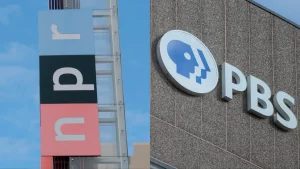
Sometimes CPB’s funding has been flat for two years in a row, but its eventual appropriation has always increased compared to the first year. It has never been cut. In the Reagan era, there was a rescission attempt — but ultimately, it didn’t work. The Heritage Foundation has been recommending zeroing out funding since it started issuing its policy guidance — I can’t recall the exact year, but I think it was around 1988.”
WS: How valid are the claims of political bias in NPR and PBS programming?
This is pure rhetoric and has no substance in fact. There are no credible studies showing bias in news or public affairs coverage. PBS regularly has the highest trust rating of any brand in the US, and Pew Research polls consistently show NPR as the most trusted news outlet.
We cannot know the future, but it is a heartening sign that CPB has been so firm in asserting the reality of the heat-shield elements of its founding legislation. The CPB board has stood together against intimidation, and there is a nationwide movement, Protect My Public Media, that has broad support.
As the debate unfolds, the executive order — though dramatic — appears legally toothless. But its symbolic weight and political timing raise important questions about the durability of public institutions.

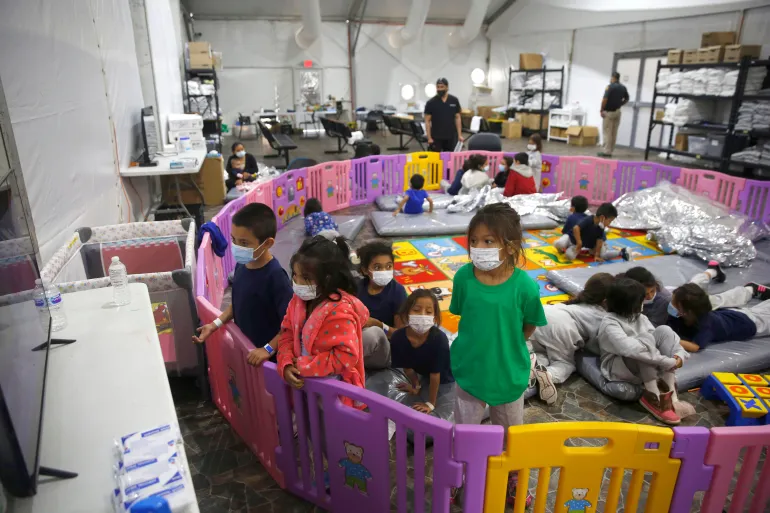
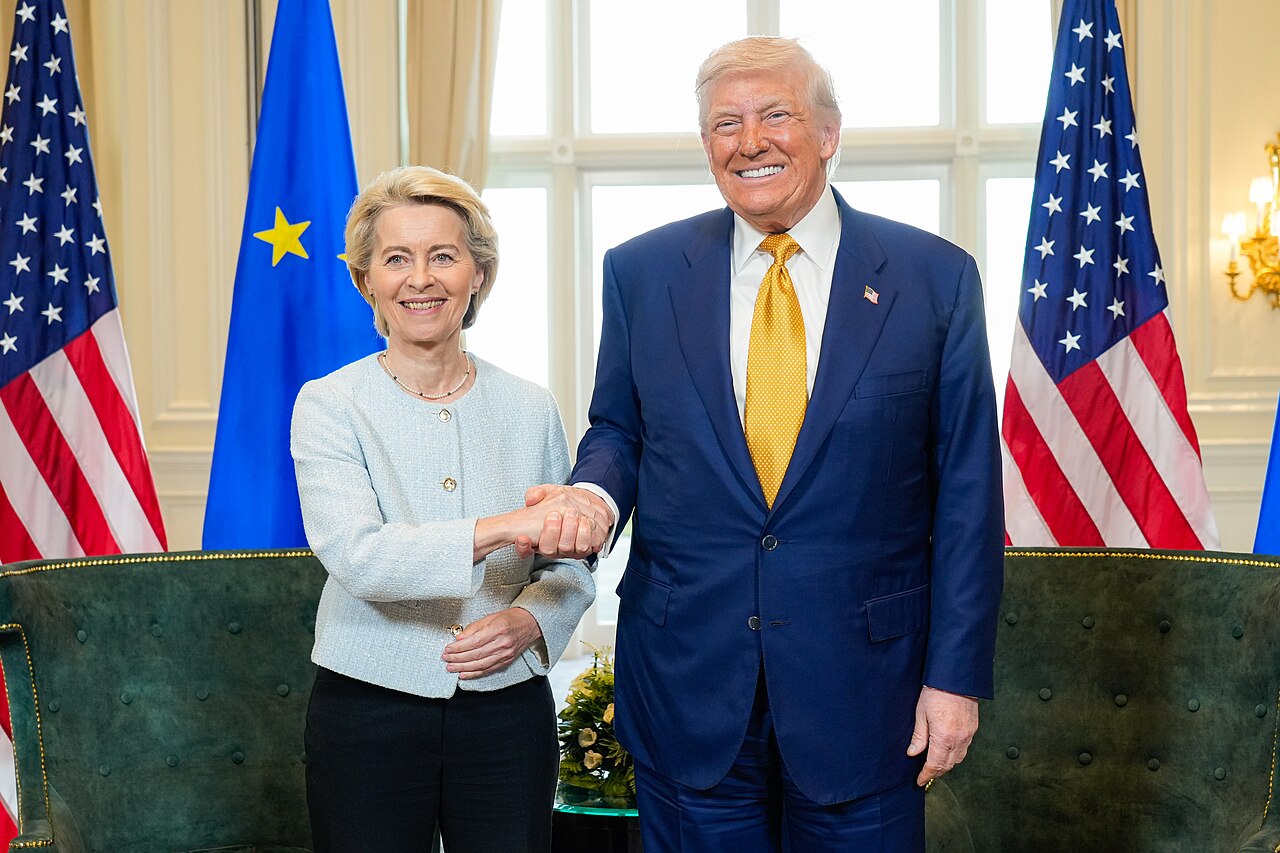

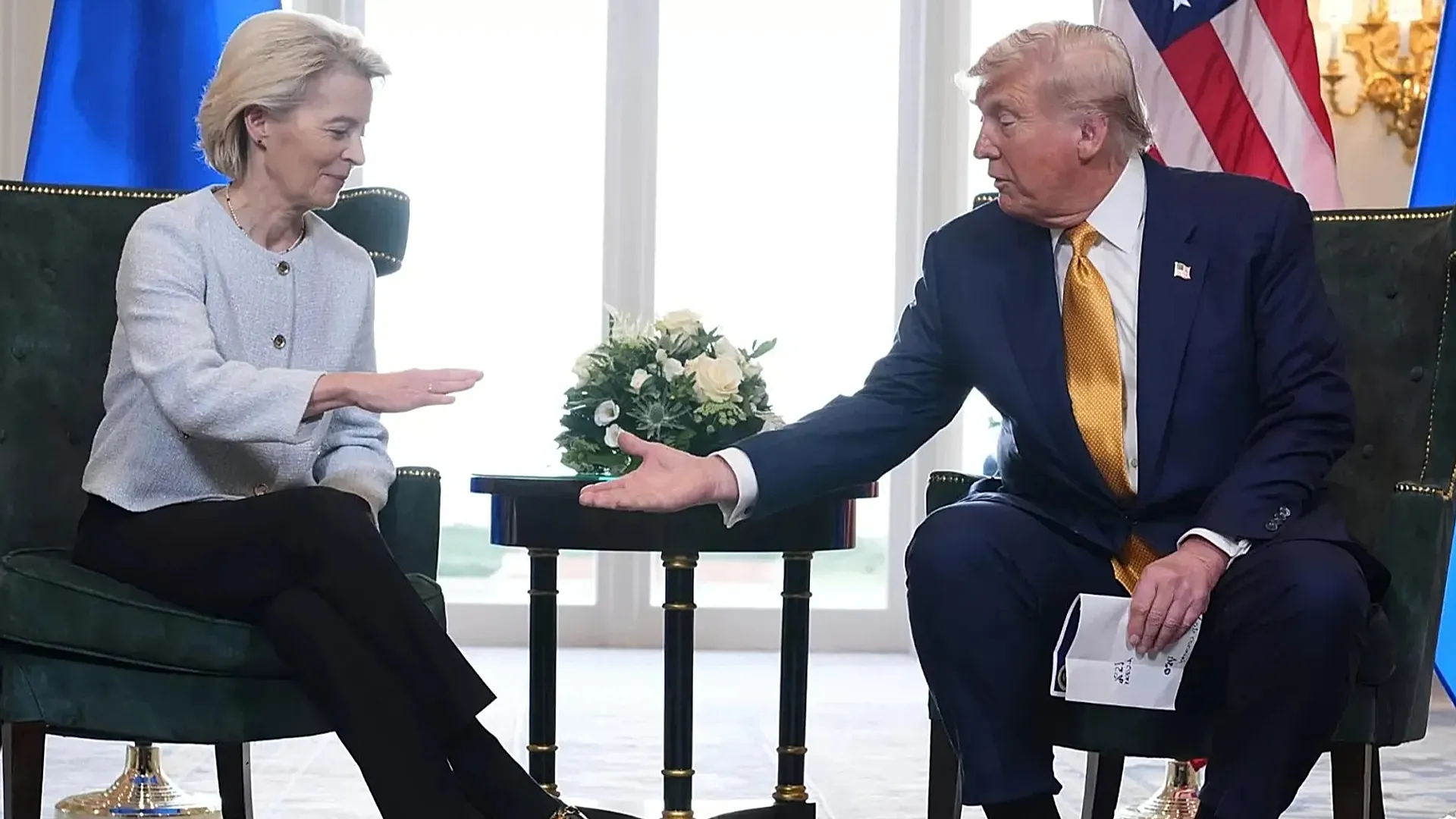
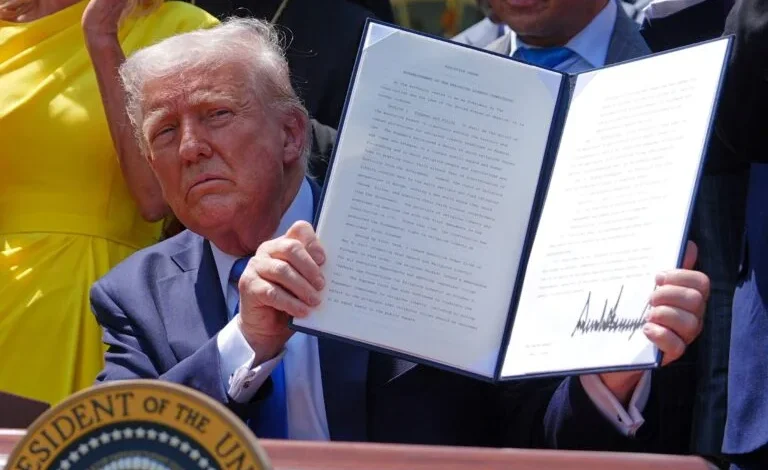


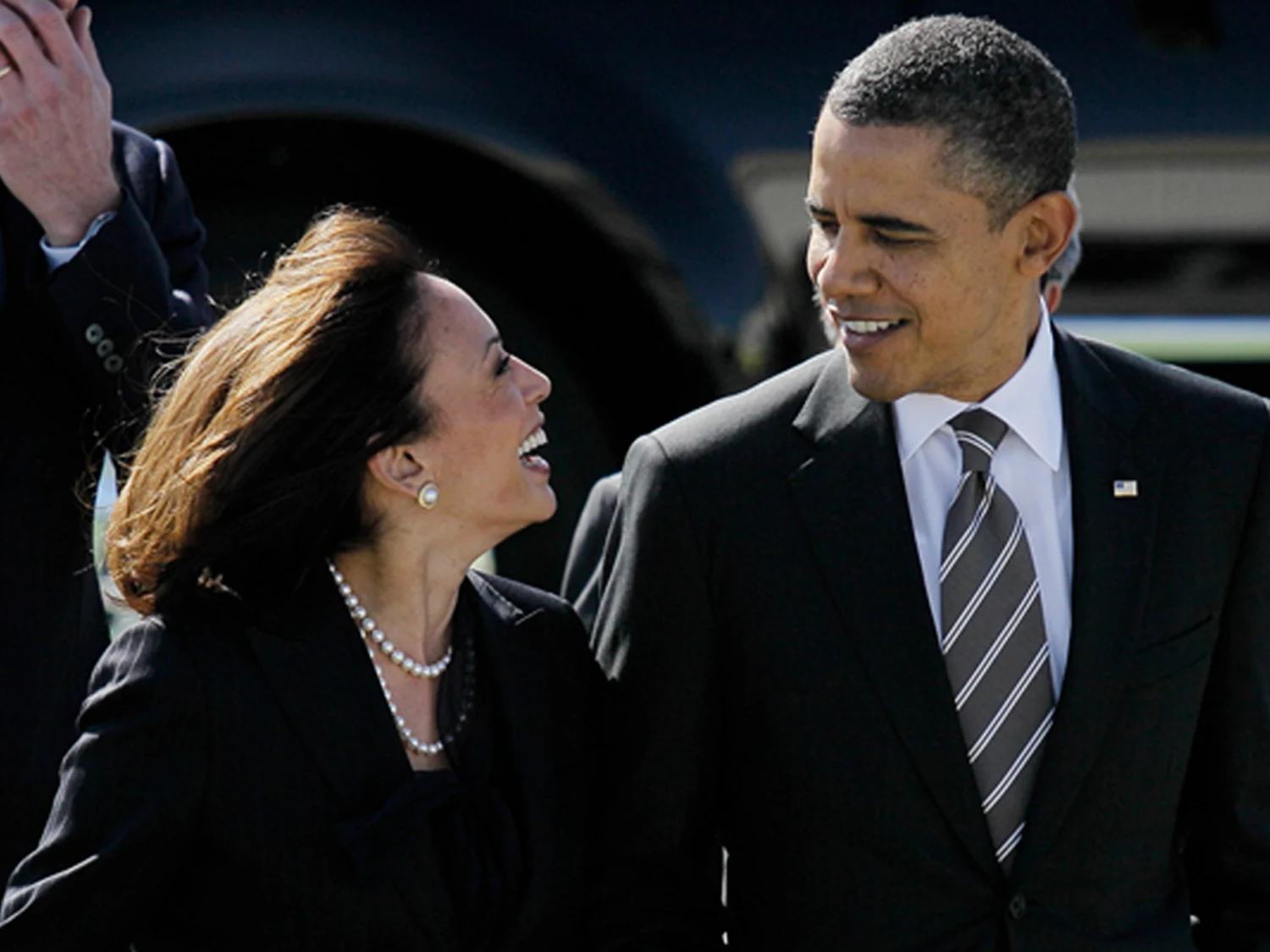
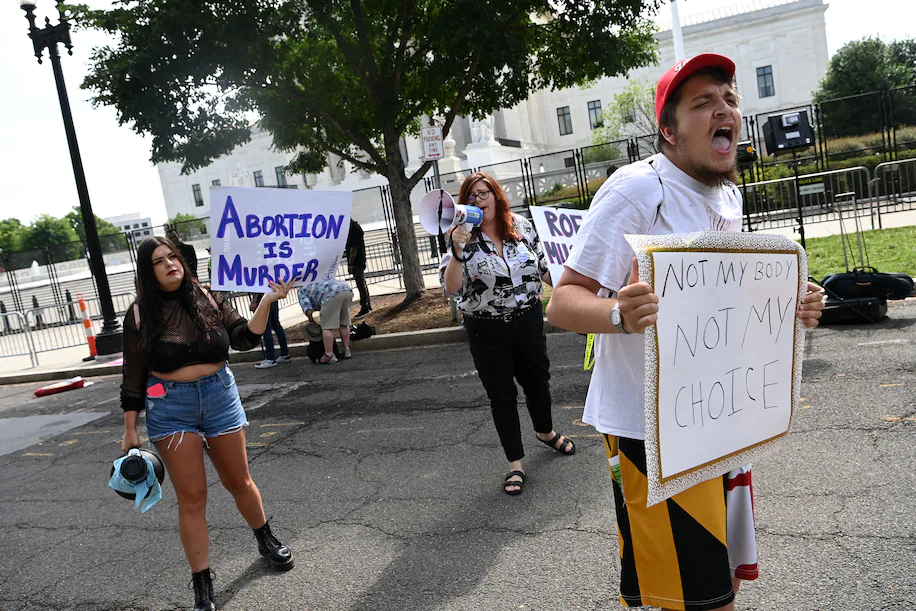
The latest news in your social feeds
Subscribe to our social media platforms to stay tuned